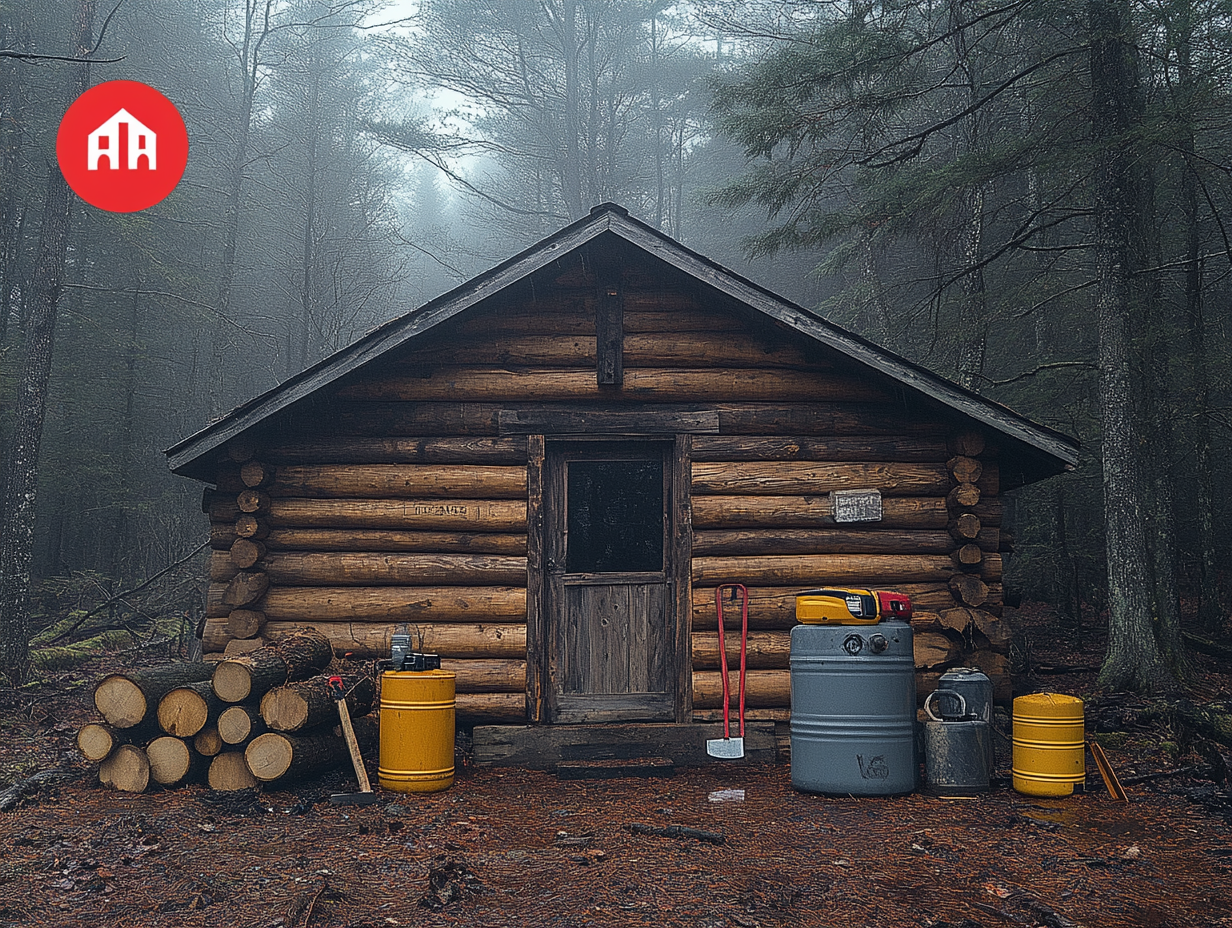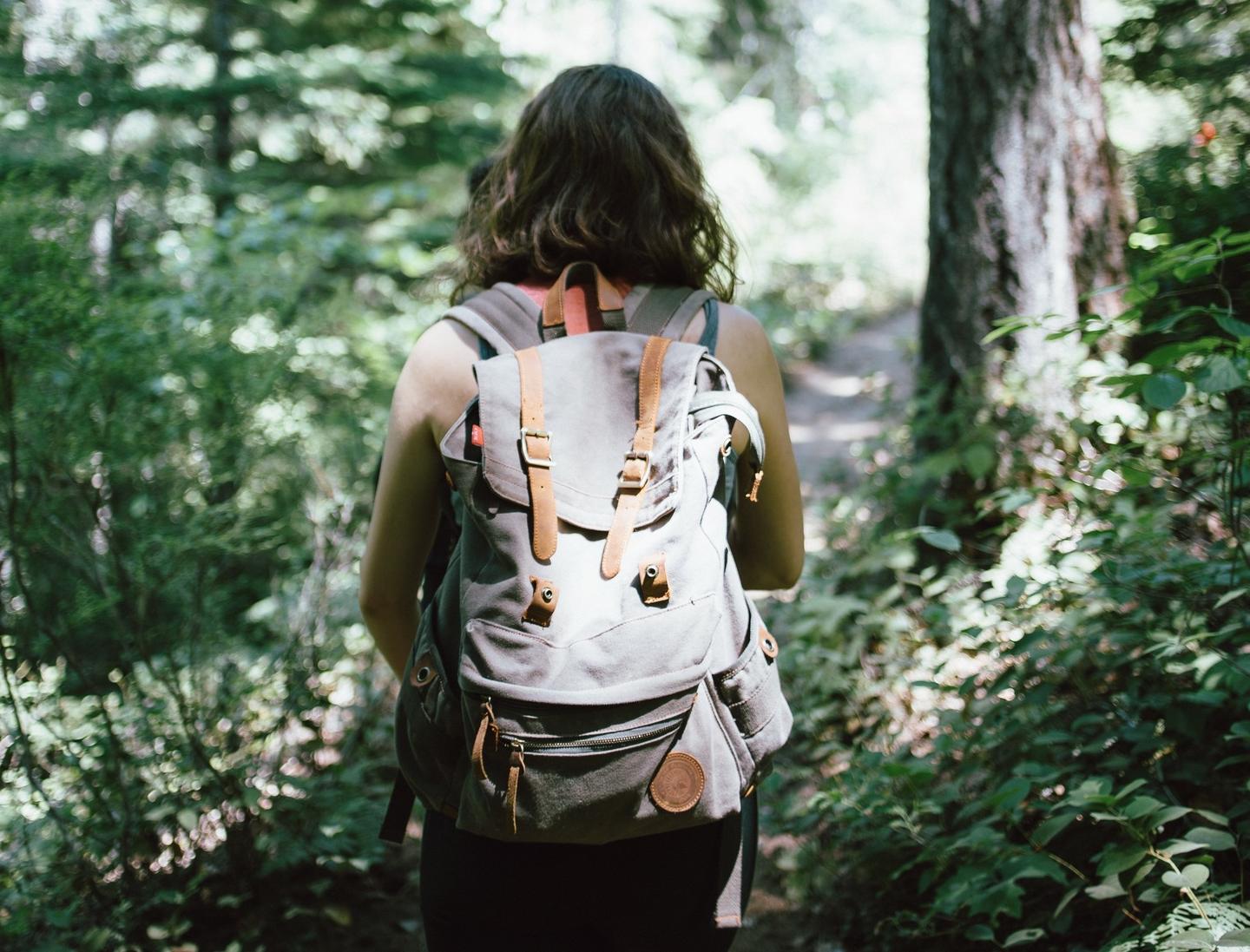When a disaster strikes and staying put is no longer an option, having a bug-out location (BOL) can mean the difference between life and death. The perfect bug-out spot provides security, sustainability, and accessibility, ensuring you and your loved ones have a safe haven when SHTF (Sh*t Hits The Fan). But how do you choose the best location? In this guide, we’ll cover the best states for bug-out locations, key factors to consider, and tips for securing your retreat.

What Makes a Great Bug-Out Location?
Not all locations are suitable for long-term survival. When selecting a bug-out retreat, consider these critical factors:
1. Distance from Major Cities
- Your bug-out location should be at least 100 miles from major population centers to reduce the risk of encountering refugee traffic and looters.
- Avoid areas with heavy tourist traffic or major highways.
2. Water Availability
- Access to natural water sources (rivers, lakes, wells) is non-negotiable.
- Invest in rainwater collection and purification systems.
3. Climate & Terrain
- Favor areas with moderate climates (avoid extreme deserts or subarctic conditions).
- Forested regions offer natural shelter, fuel, and hunting opportunities.
4. Self-Sufficiency Potential
- Look for areas that allow for hunting, fishing, and gardening.
- Seek fertile soil and ample sunlight for food production.
💡 Pro Tip: Research local laws regarding hunting, farming, and rainwater collection before choosing a site.
Related Articles: Urban vs. Rural Prepping: Which One is Right for You?, How to Start a Homestead: The Ultimate Guide
This video explores various shelter options for bug-out scenarios, providing insights into unconventional and effective choices.
Discover affordable and often overlooked locations that can serve as ideal bug-out spots in times of crisis.
The Best States for Preppers (Pros & Cons)
Some states offer ideal conditions for off-grid survival, while others pose challenges like restrictive laws or extreme climates. Here’s a breakdown of the best states for bug-out locations:
1. Idaho ✅
- Pros: Low population density, abundant forests, strong pro-gun laws.
- Cons: Harsh winters require advanced prepping skills.
2. Montana ✅
- Pros: Large open spaces, excellent hunting/fishing, low property taxes.
- Cons: Cold winters, limited medical infrastructure.
3. Tennessee ✅
- Pros: Mild climate, good soil for farming, lenient gun laws.
- Cons: Higher population density than western states.
4. Wyoming ✅
- Pros: No state income tax, low population, strong individual rights.
- Cons: Harsh winters, limited access to major supply chains.
5. Alaska ✅
- Pros: Abundant natural resources, isolation, self-sufficiency potential.
- Cons: Extreme cold, difficult terrain, high cost of supplies.
💡 Pro Tip: If moving isn’t an option, consider creating a secondary bug-out retreat in one of these survival-friendly states.
Related Articles: How to Create an Emergency Evacuation Plan for Your Family
How to Choose Your Own Safe Retreat
Finding the perfect bug-out retreat requires careful research.
1. Off-Grid Property Hunting
- Use resources like land auction sites and homesteading property listings.
- Look for properties with natural barriers (mountains, dense forests) for security.
- Affiliate Links: Best Survival Homesteading Guides
2. Proximity to Like-Minded Communities
- Many survivalists form self-sustaining communities where preppers work together.
- Look for areas with strong local bartering economies.
💡 Pro Tip: Visit your potential bug-out site at least twice a year to test its viability in different seasons.
Related Articles: Best Off-Grid Living Strategies
An in-depth discussion on selecting and preparing bug-out locations and survival retreats to ensure safety during emergencies.
This video highlights unique and less-considered bug-out locations that offer strategic advantages for preppers
Securing & Defending Your Bug-Out Location
Once you have a bug-out retreat, it’s critical to secure it against threats.
1. Perimeter Security
- Install fencing, motion-detecting lights, and warning signs.
- Set up early warning systems like tripwires and surveillance cameras.
2. Concealment & Camouflage
- Avoid visible trails, open windows, or brightly colored structures.
- Use natural barriers to blend your retreat into the surroundings.
3. Self-Defense Readiness
- Train with firearms, bows, and non-lethal weapons.
- Establish escape routes and fallback positions in case of intruders.
🔗 Affiliate Links: Top Tactical Defense Gear
💡 Pro Tip: Build strong relationships with neighbors—a trusted network is better than going solo.
Related Articles: How to Protect Your Home During a Crisis
How to Stockpile Supplies for Long-Term Survival
A well-stocked bug-out retreat is key to long-term survival.
1. Food Storage
- Stockpile freeze-dried foods, canned goods, and heirloom seeds.
- Rotate food every 6-12 months to prevent spoilage.
2. Water Supply
- Install wells, rainwater collection systems, and water purification setups.
3. Power & Energy Independence
- Use solar panels, wind turbines, and backup generators.
💡 Pro Tip: Conduct a week-long survival test to identify gaps in your bug-out readiness.
Related Articles: Best Renewable Energy Solutions for Off-Grid Living
Conclusion: Find Your Perfect Bug-Out Location Today
Having a safe and strategic bug-out location is a crucial part of survival preparedness. Whether you're moving off-grid or setting up a secondary retreat, choosing the right location, securing it, and stocking it properly will ensure you have a place of refuge when disaster strikes.
- ✅ Research your ideal bug-out state
- ✅ Scout properties and evaluate survival conditions
- ✅ Secure and prepare your location for long-term use
🔗 Next Steps: Top Homesteading Books | Best Tactical Gear for Preppers
Image Ideas:
- A map highlighting the best bug-out locations in the U.S.
- A hidden, well-stocked survival retreat in the wilderness
- A fortified bug-out cabin with solar panels and water collection systems
Stay prepared, stay safe! 🚀
